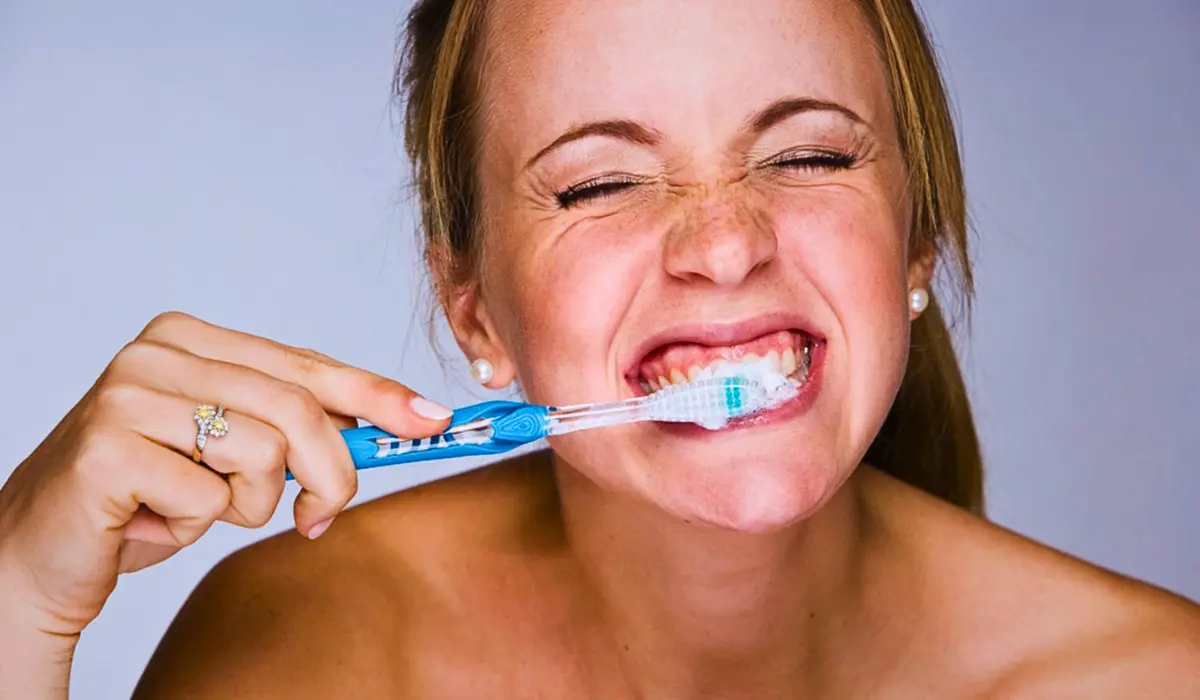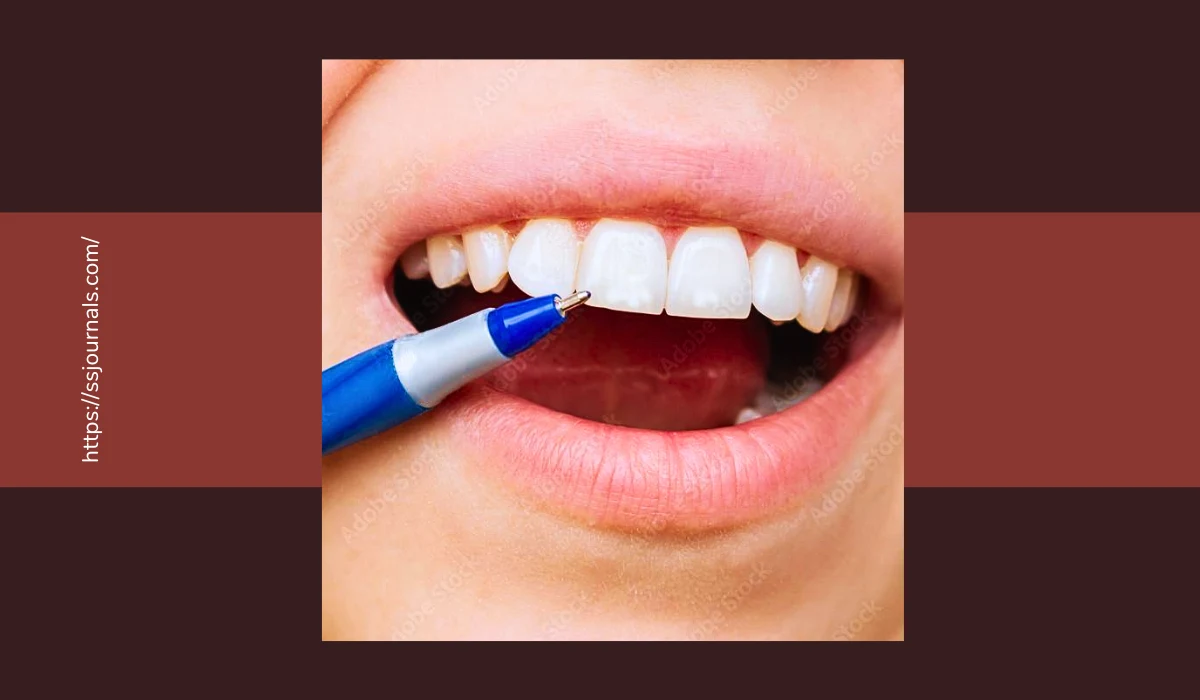Tooth decalcification, also known as dental decalcification, occurs when calcium deposits are lost from the teeth. This results in softer, weaker tooth enamel that is more prone to decay and damage. Decalcification of teeth is caused by acidic agents that remove calcium and phosphate minerals from the teeth.
Common causes include poor oral hygiene, frequent consumption of acidic foods and drinks, orthodontic treatment with braces, and health conditions that reduce saliva flow. Understanding what leads to the decalcification of teeth is important for preventing and treating this condition.
This article explores the causes of decalcification, including poor oral hygiene, frequent consumption of acidic foods and drinks, orthodontic treatment, dry mouth, and more. It also provides tips for prevention, such as proper brushing and flossing, limiting intake of acidic foods/drinks, getting enough calcium and phosphate, and regular dental visits.
The goal is to give readers an overview of decalcification and how to proactively maintain dental health by avoiding factors that deplete calcium from teeth.
Causes Of Tooth Decalcification
Tooth decalcification refers to the loss of calcium and phosphate minerals from the teeth. This occurs when acids interact with and dissolve the mineral content of tooth enamel, dentin, and cementum.

There are several potential causes of decalcification teeth including:
1. Poor Oral Hygiene
Poor brushing and flossing habits allow plaque—a sticky film of bacteria—to build up on the teeth. The bacteria in dental plaque produce acids as metabolic byproducts. These acids decalcify teeth by dissolving mineral content from their structure over time.
Maintaining good oral hygiene is crucial for preventing plaque accumulation and subsequent decalcification from occurring.
2. Frequent Consumption of Acidic Foods and Drinks
Acidic foods and beverages also contribute to dental decalcification. Things like citrus fruits and juices, vinegar, soda, wine, and yogurt contain acids that can demineralize enamel.
The more often these items are consumed, the more damage can accumulate. Limiting acidic foods and drinks is an important step for avoiding excess decalcification.
3. Orthodontic Treatment
The placement of fixed orthodontic appliances like braces creates plaque retention sites near brackets and bands. Poor cleaning around these appliances allows for more rapid decalcification during treatment. Using supplemental fluoride is often recommended for patients with braces to help prevent white spot lesions from forming due to decalcification.
4. Poor Saliva Flow
Saliva helps to neutralize acids and provide calcium and phosphate ions needed to remineralize enamel. Conditions that reduce saliva flow—like Sjogren’s syndrome, certain medications, chemotherapy, etc. -Increase the risk for plaque accumulation and rapid demineralization leading to decalcification of teeth. Treatment to stimulate more saliva can help prevent damage.
5. Gastroesophageal Reflux Disease
Stomach acids from conditions like GERD can flow up into the mouth and directly damage tooth enamel. Managing reflux disease is imperative for decreasing acid exposure and preventing the loss of minerals.
Rinsing with baking soda and water after episodes of reflux can also help neutralize some of the acidity.
6. Acidic Personal Care Products
Surprisingly, some oral care products—especially whitening toothpaste—contain acidic agents like hydrated silica that can lead to decalcification with overuse. Limiting the use of highly abrasive, acidic pastes and mouthwashes can help avoid unnecessary enamel loss over time.
7. Illegal Drug Use
Narcotic drugs and illegal substances are sometimes prepared with acidic compounds like citric acid, ascorbic acid, vinegar, and lemon juice to dissolve and extract the drugs.
Repeated exposure to these acidic solutions when smoking or snorting drugs leads to rapid decalcification and extensive enamel damage known as “meth mouth.”
8. Decalcifying Agents
In addition to the common causes above, there are also medical and dental applications that use strong acids that rapidly decalcify teeth. These decalcifying agents help prepare samples for histological analysis but also quickly damage enamel. They include solutions like:
9. Nitric Acid
Nitric acid is a strong inorganic acid used as a decalcifying agent for both medical and dental laboratories. Immersing teeth in nitric acid removes mineral content from specimens to prepare them for sectioning and tissue analysis. This quickly damages tooth structure through rapid demineralization.
10. Ethylenediaminetetraacetic Acid (EDTA)
EDTA is a chelating agent used to decalcify bone and teeth for viewing under a microscope. It binds and removes minerals ions—especially calcium—from samples. Frequent exposure leads to loss of calcium deposits in teeth.
11. Hydrochloric Acid
Also known as muriatic acid, hydrochloric acid solutions dissolve calcium compounds, including hydroxyapatite in enamel. It is used both for tissue preparation as well as industrial applications like metal cleaning. Exposure can significantly damage tooth structure.
While these agents have medical/dental uses, precautions are still needed to avoid unnecessary exposure and damage to natural teeth. Always wear proper personal protective equipment when handling decalcifying chemicals.
Preventing Tooth Decalcification
Protecting your smile means preventing decalcification before it occurs. Here are some evidence-based tips for keeping calcium in your teeth:
- Brush twice daily with fluoride toothpaste and floss thoroughly each day. This maintains good oral hygiene and prevents demineralization from plaque acids.
- Use antimicrobial mouth rinses. Ingredients like cetylpyridinium chloride reduce bacteria for less plaque acids.
- Limit acidic food/drinks and rinse with water after consumption to wash acids away.
- Get enough calcium, vitamin D, and phosphate from your diet to support remineralization.
- Use products to stimulate saliva if you have a dry mouth or take medications that reduce saliva flow.
- See your dentist regularly for professional cleanings, fluoride treatments, and sealants to protect your smile.
Following these simple precautions helps avoid decalcification and is key for keeping your teeth healthy and strong for life. Be proactive against factors causing you to lose calcium deposits teeth.
Conclusion
Tooth decalcification occurs when calcium and phosphate minerals are dissolved out of teeth, weakening enamel and making teeth more prone to cavities and damage.
This condition is caused by exposure to acidic environments from sources like poor oral hygiene, frequent consumption of acidic foods/drinks, reflux disease, orthodontic treatment, dry mouth conditions, acidic oral care products, and illegal drug use involving acids.
Additionally, there are chemical solutions like nitric acid, EDTA, and hydrochloric acid that are intentionally used to rapidly decalcify teeth for medical or research purposes. But these also significantly damage the mineralized structure of natural teeth. It is imperative to limit unnecessary exposure to acidic agents responsible for the loss of calcium deposits in teeth.
Preventing decalcification involves providing your teeth with a non-acidic environment through proper oral care and limiting enamel exposure to acidic agents as they can cause rapid demineralization. Maintaining healthy dietary and lifestyle habits gives your teeth the best chance to remineralize and avoid permanent damage from lost minerals.
Could you be allowing your teeth to slowly decalcify without even realizing it? Think about your current daily habits and determine if there are sources of avoidable acids that could be putting your smile at risk.

